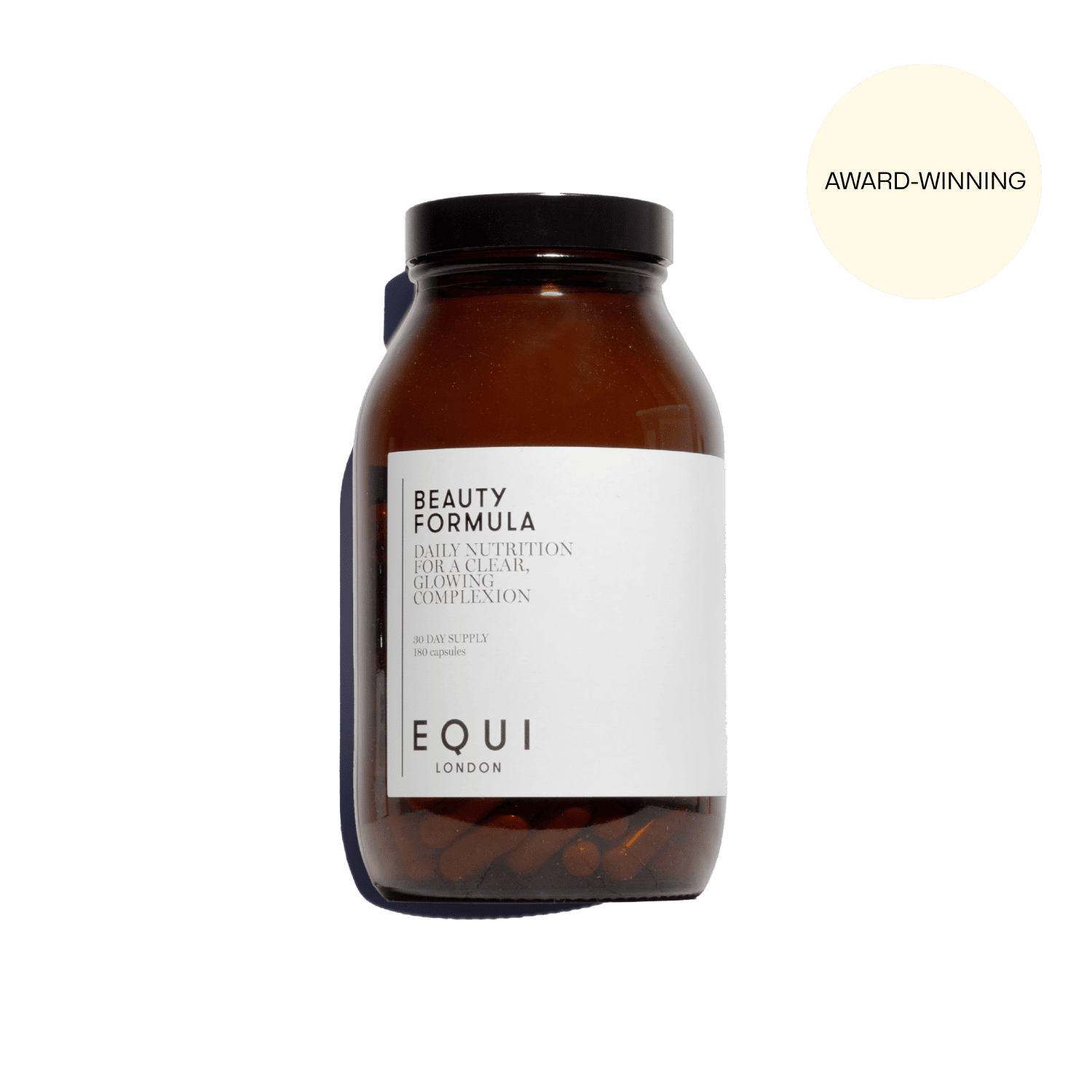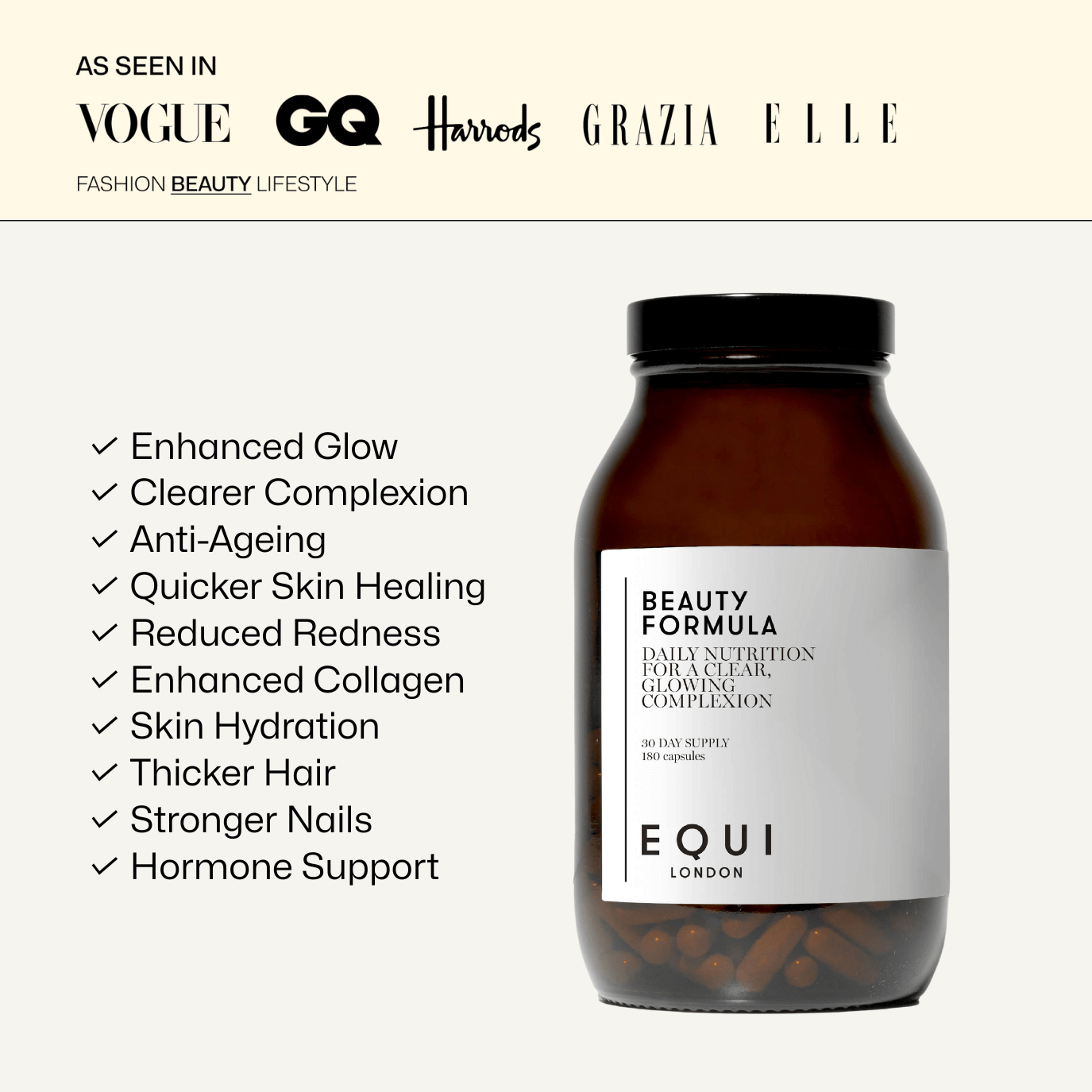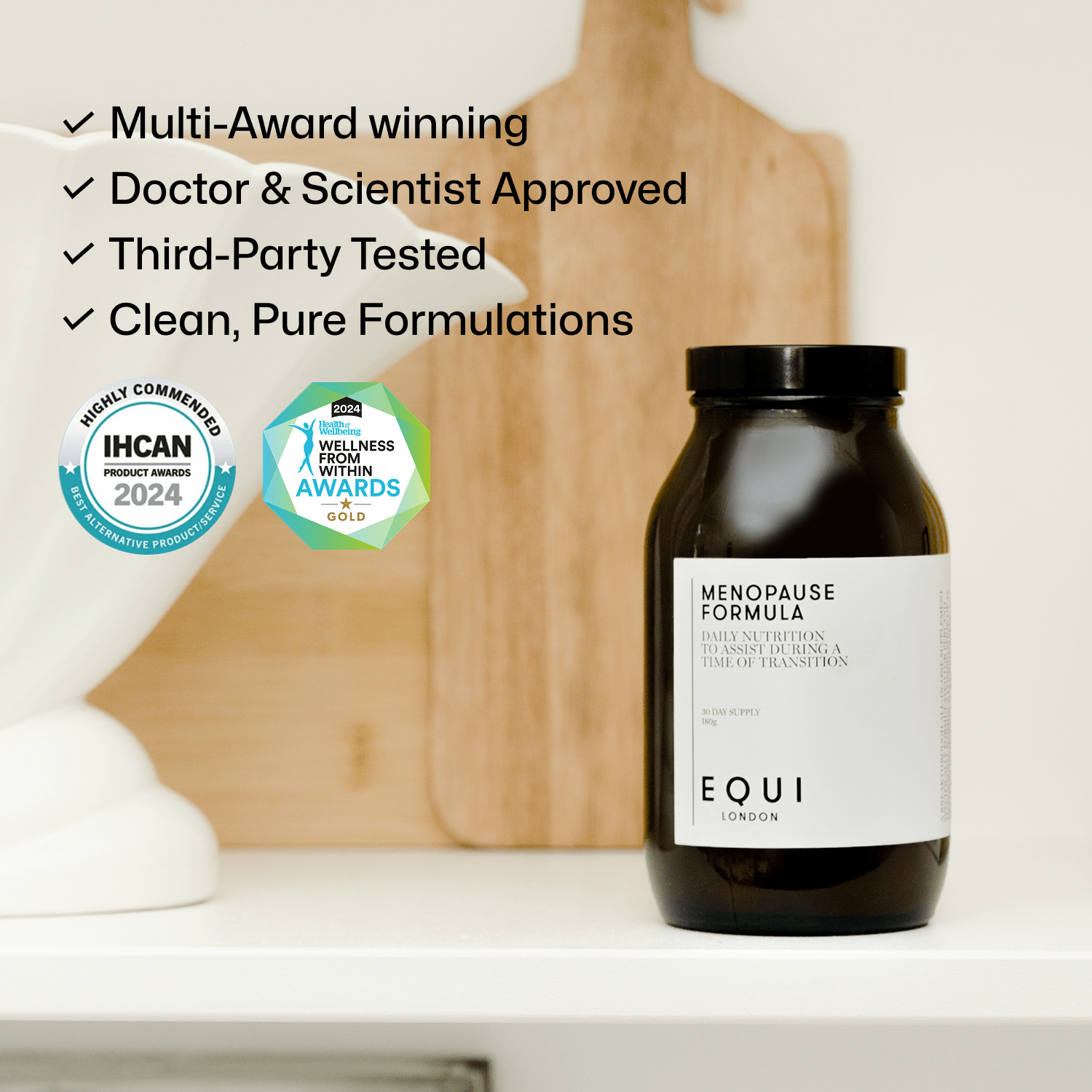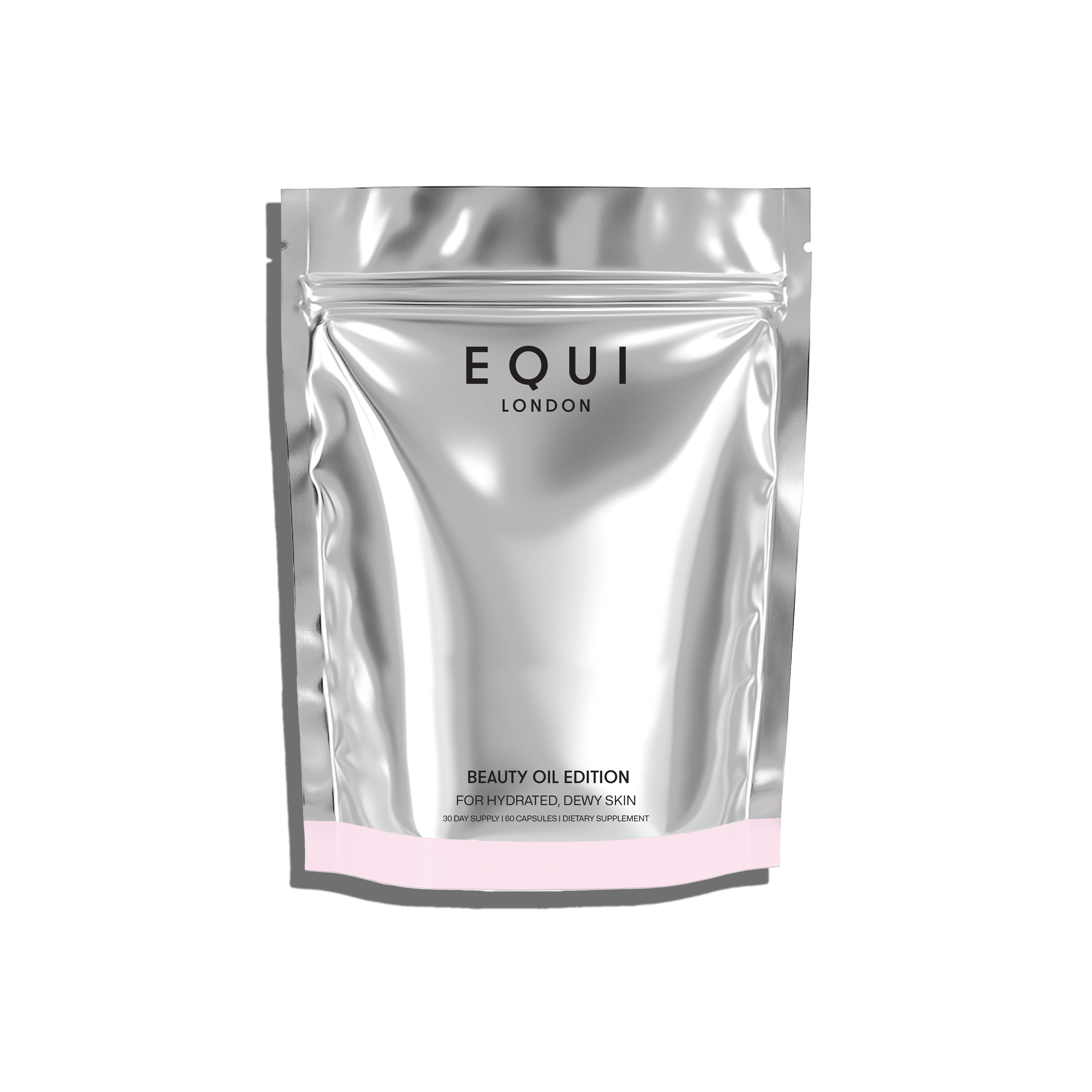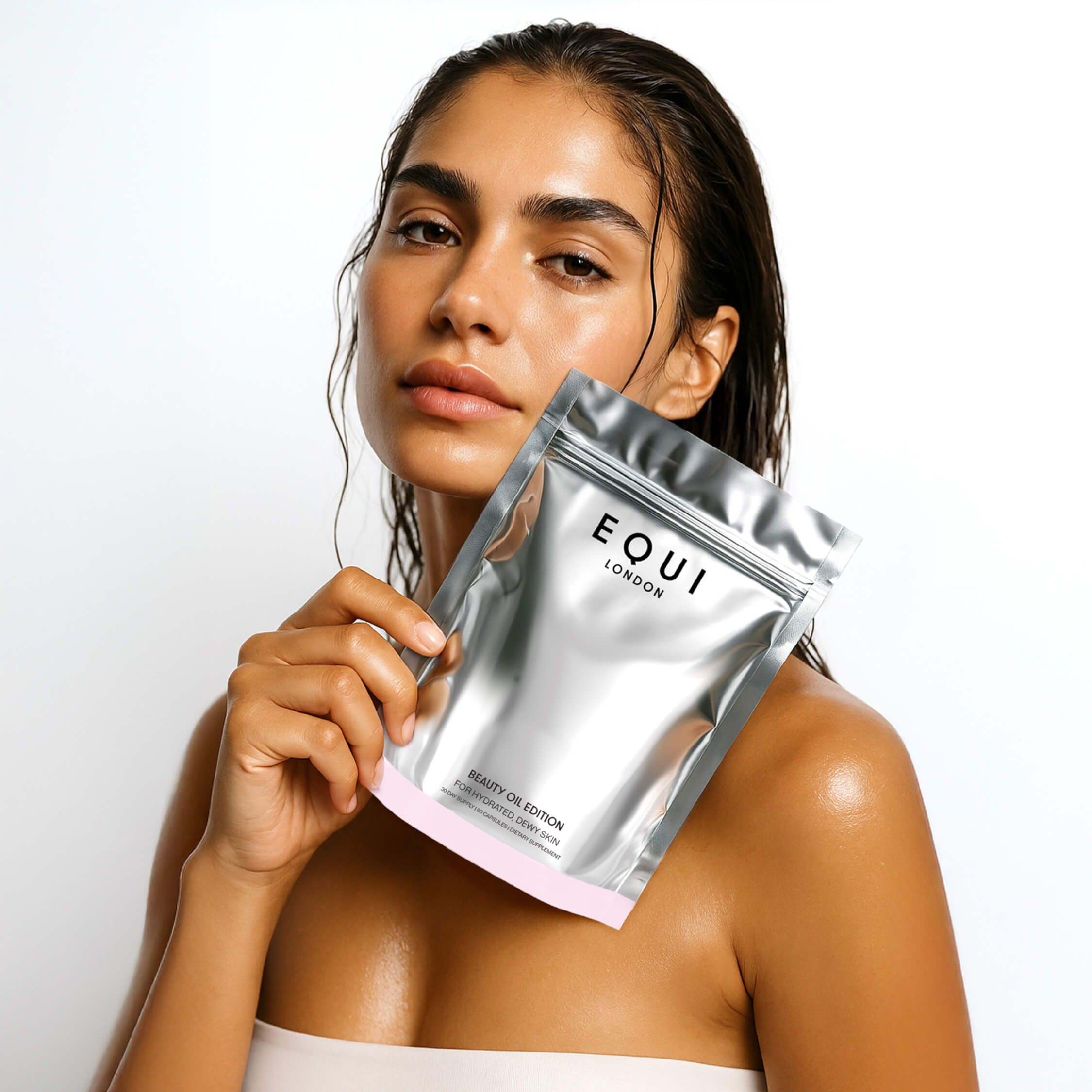
Your Comprehensive Guide to Essential Fatty Acids for Optimal Health
In today’s blog, we will dive into the world of omega fatty acids - nutrients that are pivotal to our wellbeing yet are often misunderstood or overlooked in their importance in relation to one another. Essential fatty acids are the building blocks of fats that are crucial for the human body. They’re essential because our bodies cannot make them on their own, which means they must be sourced from our diet, making our choices in food and supplements key players in our overall health and wellbeing. Among these, the star of the show is omega 3, celebrated for its role in heart health, cognitive function, and inflammatory responses. Perhaps more importantly, it’s the balance of omega 3 to omega 6 which is often overlooked but key to internal and external health.
The family of omegas does not end there. Emerging research shines a light on the lesser-known omega 7 and omega 9 fatty acids, which are now stepping into the limelight for their supportive health benefits, especially during the menopausal years. While not considered essential in the traditional sense, these fatty acids contribute to a host of bodily functions and may offer protective benefits during this transition.
Whilst discussing the importance of fatty acids, we will shine a light on our expertly formulated Oil Editions, which have encapsulated the essence of these nutrients. Our Oil Editions when bought together with the complementary Formula, such as our Total Beauty regimen aim to give you total body support. Beauty Oil Edition is the first beauty-specific omega 3 supplement acting as nature’s ultimate superfood for skin. It aids in maintaining skin hydration, elasticity, and overall vibrance, revealing nature’s potential to nourish beauty from within. For those navigating the challenges of perimenopause and menopause, our Menopause Oil Edition offers a harmonious blend of omega 3, 6, 7, and 9. This comprehensive formula is tailored to support the body through hormonal shifts, offering balance and aiding in the maintenance of healthy skin, eyes and the intimate area, mood regulation, joint, and cardiovascular health. Finally, our Pregnancy Oil Edition is a blend designed with the needs of mothers and baby in mind, with the required DHA and EPA levels needed to support the neurological development of the baby and the health of the mother.
Today, we'll investigate each of these fatty acids to understand their unique roles and how they contribute to our bodily functions. We'll unpack the science, dispel the myths, and provide you with all the info you need to optimise your health through the mindful intake of these powerful nutrients. Join us as we unveil the mysteries of EFAs and equip yourself with the knowledge to harness their power for your health.
Understanding ‘Essential’ Fatty Acids
Essential Fatty Acids (EFAs) are a group of healthy polyunsaturated fats that our bodies require for various processes, yet we cannot produce them on our own. Among these, omega-3 and omega-6 fatty acids are critical for several body functions and must be obtained through our diet. Omega-3 fatty acids, include eicosapentaenoic acid (EPA), docosahexaenoic acid (DHA), and alpha-linolenic acid (ALA), and are pivotal in maintaining outer cell membrane integrity. They provide fluidity and flexibility to the cell membranes, which is essential for cell growth, proper functioning, and nutrient absorption (1). When we think about cell health, we are essentially talking about everything from our skin cells to our internal cells, which help our body function optimally. Omega-3s also play a significant role in the production of hormones that regulate blood clotting, contraction and relaxation of artery walls, and inflammation (2). What’s more, they have been shown to help reduce the levels of triglycerides in the blood, potentially lowering the risk of heart disease (3). During pregnancy, DHA becomes increasingly important as it is integral to the development of the foetal brain and retina. Adequate intake of omega-3 fatty acids is associated with improved infant developmental outcomes, including better cognition and reduced risk of developmental delays (4). It’s important to mention that while the body can convert ALA to EPA and DHA, the conversion rate is low, and direct sources of EPA and DHA (such as fish oil or algae-based supplements for vegetarians and vegans) are more efficient for ensuring adequate levels of these important nutrients. Omega-6 fatty acids, known as linoleic acid (LA) and arachidonic acid (AA), are also components of cell membranes and are precursors to inflammatory mediators such as prostaglandins and leukotrienes. While inflammation is a natural immune response, chronic inflammation can be problematic, so a balance between omega-3 and omega-6 fatty acids is vital (5).
The Skin and Healthy Fats
The importance of EFAs extends to the largest organ of the body – the skin. Omega-3 fatty acids, particularly EPA, play a significant role in regulating oil production and hydration, promoting the repair of damaged skin, and protecting against premature aging and sun damage. Recent studies indicate that omega-3 supplementation can improve skin barrier function, mitigate acne, and reduce the risk of atopic dermatitis (6). As for perimenopause and menopause, a stage marked by significant hormonal changes which impacts our skin, omega fatty acids can be particularly beneficial. They have also been studied for their ability to alleviate menopausal symptoms such as hot flushes and vaginal dryness (7). What’s more, omega 6 rich evening primrose oil and borage oil are rich in gamma-linolenic acid, which is supportive of hormone health, and has long been used to support female wellbeing. Finally, omega-3s may also help in reducing the postmenopausal risk of cardiovascular disease by improving lipid profiles and endothelial function (8).
The Importance of Omega-3 to Omega-6 Ratios
The delicate balance between omega-3 and omega-6 fatty acids is so important when it comes to cellular function and overall health. These polyunsaturated fats are not just building blocks for cell membranes; they also play critical roles in inflammation, immunity, and clotting. The human body can’t make omega-3 (α-linolenic acid, EPA, and DHA) or omega-6 (linoleic acid and arachidonic acid) fatty acids, meaning they are essential nutrients that need to be obtained solely through diet. Hundreds or even thousands of years ago, our diets likely provided roughly equal amounts of omega-3 and omega-6 fatty acids. However, modern diets have tipped this balance heavily towards omega-6s, primarily due to the increased consumption of vegetable oils such as rapeseed and sunflower oils, and processed foods that are high in these fats. A high omega-6 to omega-3 ratio has been linked to an increased risk of chronic conditions, including cardiovascular disease, obesity, inflammatory bowel disease, rheumatoid arthritis, and even mood disorders. What’s more, excess omega-6 fatty acids can lead to an overproduction of pro-inflammatory eicosanoids, which can increase inflammation in the body. While some inflammation is a necessary part of the body's defence mechanism, chronic inflammation is problematic and can wreak havoc with our body and skin health. On the other hand, omega-3 fatty acids are anti-inflammatory and produce eicosanoids which play a vital role in resolving inflammation, making their intake essential.
Achieving a healthier balance between these fats can be done through dietary changes. One strategy includes reducing the intake of omega-6-rich oils and foods while increasing the consumption of omega-3-rich foods such as fatty fish (e.g., salmon, mackerel, sardines), flaxseeds, chia seeds, and walnuts. However, for many of us, we may not be able to achieve our requirements through diet alone. What’s more, during certain life stages such as Pregnancy or Menopause, we have increased requirements and supplementation may be helpful here. Supplementing with essential fatty acids can help restore your omega 3 to 6 balance. Another good strategy is to incorporate foods and oils that are rich in both omega 3 and omega 6, such as walnuts and pumpkin seeds or pumpkin seed oil found in Menopause Oil, which is supportive of the cardiovascular system and proven to encourage healthy cholesterol levels. Recent studies underline the importance of this balance. One review suggested that a lower ratio of omega-6/omega-3 fatty acids is more desirable (9). Another study highlighted that supplementation with EPA and DHA can decrease the production of pro-inflammatory eicosanoids, offering therapeutic potential for reducing inflammation (10).
EQUI Oil Editions are designed to provide a curated mix of fatty acids tailored to specific needs and life stages, such as skin health, menopause, or pregnancy. Beauty Oil Edition provides anti-inflammatory DHA and EPA, which calms and hydrates the skin, reduces dry patches and redness, giving an overall radiant complexion. Meanwhile, Menopause Oil is rich in a blend of omega-3, 6, 7, and 9, which can support hormonal balance, brain function and mitigate menopausal symptoms. Finally, Pregnancy Oil Edition is rich in DHA to support the healthy development of baby’s brain, eyes, and nervous system. You just need to select the Oil Edition which suits your current needs. You can purchase here.
Health Benefits of Omega-7 and Omega-9
Non-essential fatty acids like omega-7 (palmitoleic acid) and omega-9 (oleic acid) are not categorised as essential because the body can make them. However, they offer their own health benefits. Omega-7 may help reduce inflammation and promote healthy skin and mucous membranes, while omega-9 supports cardiovascular health and may have protective effects. During times of increased needs, such as during the menopause, increasing your dietary intake may be beneficial. The only known source of omega 7 is sea buckthorn oil found in Menopause Oil Edition, which is revered for its moisture bringing properties, soothing intimate dryness, and discomfort, as well as helping with dry skin and eyes – all common complaints during this transition. What’s more, it’s rich in antioxidant vitamin E that helps give skin a natural glow. Hempseeds and hempseed oil contain the perfect ratio of omegas 3, 6 and 9, which is why we included it in Menopause Oil Edition. Supplementing with hempseed oil provides anti-inflammatory support as well as aiding joint, skin, and cardiovascular health.
So, we can see that both essential and non-essential fatty acids are indispensable to health, serving functions that span from cellular to systemic levels. Their impact on skin health and menopause is supported by a growing body of research that underscores the importance of these nutrients in the diet.
Sources and Supplementation of Omega Fatty Acids
Omega-3 fatty acids are most abundantly found in fatty fish such as salmon, mackerel, and sardines. These fish do not actually produce omega-3 fatty acids themselves but accumulate them by consuming microalgae that produce the nutrient, or, in the case of predatory fish, by eating smaller fish that have accumulated omega-3 fatty acids. Krill, tiny crustaceans found in the ocean, also offer a potent source of EPA and DHA, the two types of omega-3s readily used by the body. Beauty Oil Edition contains 1000mg red krill oil per serving, providing the skin with hydration and giving a plumping effect. The advantage of marine sources of essential fats is that they provide omega-3s in a form that does not require conversion by the body, leading to better bioavailability. Pregnancy Oil Edition contains 600mg of omega 3 from marine sources. For vegetarians and others who prefer plant-based sources, pumpkin seeds, flaxseeds, chia seeds, and hemp seeds are excellent sources of alpha-linolenic acid (ALA), a type of omega-3 fatty acid. While ALA is an essential nutrient, it must be converted by the body into EPA and DHA to be fully beneficial, a process that is not very efficient in humans. Despite this, these seeds are healthful additions to the diet due to their fibre content and other health benefits. We have included organic cold-pressed flaxseed, hempseed and pumpkin seed oils in Menopause Oil Edition, supportive of cardiovascular health, joint health and cholesterol levels.
Non-essential fatty acids like omega-7 and omega-9, while not required by the diet, still play important roles in health, and can be sourced from both animal and plant sources. Omega-7 is found in cold-pressed sea buckthorn fruit oil, and omega-9 is plentiful in olive oil and avocados. Other plant oils such as organic borage oil, organic evening primrose oil, and organic pumpkin seed oil also provide these fatty acids and have been associated with various health benefits, from skin health to hormonal balance and can be found in Menopause Oil Edition.
Incorporating these EFAs into your diet can be as simple as adding a tablespoon or two of ground flaxseed or chia seeds to a morning smoothie, consuming oily fish two to three times a week, or using cold-pressed oils as a salad dressing. As most of us usually don’t consume quite enough through diet alone, supplementation can be helpful, particularly for those of us who have an increased requirement or goal, such as during Menopause, Pregnancy or to improve skin health. Supplements can help bridge the gap in dietary intake especially where bioavailability may be an issue with plant sources of EFAs. For example, while flaxseeds and chia seeds are healthy, they may not provide enough of the required EPA and DHA for us.
Total Beauty, Menopause & Pregnancy
Our Formulas are where it all began but we have gone one step further at EQUI and developed complementary Oil Editions which, when paired with our Formulas give you total body support. For example, Total Beauty is everything you need to glow with our award-winning Beauty Formula alongside Beauty Oil Edition. Together these provide unparalleled, total skin support to perfect your complexion and elevate your total body wellbeing. This powerfully nourishing combination delivers comprehensive nutrition designed to brighten, reduce inflammation, slow signs of ageing and enhance collagen production. 48 of the highest quality ingredients work alongside omega 3 rich krill oil, containing optimal levels of both EPA and DHA to calm and hydrate the skin, reduce dry patches, redness, and work on inflammation from the inside out (11). Think of this as your powerful and effective supplement regime that does it all for your skin, combined each day for ultimate nourishment. Total Menopause is a combination of our Menopause Formula Powder & Menopause Oil Edition to naturally balance and enhance the female body and mind during a time of hormonal transition (12). Bringing together two expertly formulated products targeted at perimenopause & menopause, these products contain an expert combination of premium, bio-available nutrients, and omegas, each specifically selected for their ability to assist and boost the female body at a time when it is most in need of balance. Together, they provide soothing support to help women overcome menopausal symptoms whilst also aiding bone density, joint health and the cardiovascular system that are all necessary for general health. Finally, Total Pregnancy provides 27 of the finest ingredients for comprehensive and specialist support for every stage of motherhood - from fertility to conception, pregnancy to breastfeeding. This is a tailored blend of the most premium, bio-available vitamins, minerals, oils, and herbs at their optimal levels to boost fertility and support healthy pregnancy, for mother and baby, including omega 3 and optimal levels of DHA, essential for baby’s development (13).
References
-
Gammone MA, Riccioni G, Parrinello G, D'Orazio N. (2018). Omega-3 Polyunsaturated Fatty Acids: Benefits and Endpoints in Sport. Nutrients, 11(1), p. 46.
-
Swanson, D., Block, R., & Mousa, S. A. (2012). Omega-3 fatty acids EPA and DHA: health benefits throughout life. Advances in Nutrition, 3(1), pp. 1-7.
-
Skulas-Ray, A. C., et al. (2019). Omega-3 Fatty Acids for the Management of Hypertriglyceridemia: A Science Advisory From the American Heart Association. Circulation, 140(12), e673-e691.
-
Devarshi PP, Grant RW, Ikonte CJ, Hazels Mitmesser S. (2019). Maternal Omega-3 Nutrition, Placental Transfer and Fetal Brain Development in Gestational Diabetes and Preeclampsia. Nutrients.11(5), p. 1107.
-
Patterson, E., Wall, R., Fitzgerald, G. F., Ross, R. P., & Stanton, C. (2012). Health implications of high dietary omega-6 polyunsaturated fatty acids. Journal of Nutrition and Metabolism, 2012.
-
Kim, H. K., Lee, S. H., & Rhee, S. H. (2023). The potential uses of omega-3 fatty acids in dermatology: A review. Dermatologic Therapy, 36(1), pp. 1-19.
-
Bahareh, P et al. (2020). The comparison of the effect of soybean and fish oil on supplementation on menopausal symptoms in postmenopausal women: A randomized, double-blind, placebo-controlled trial. Complementary Therapies in Clinical Practice. 41, 101239.
-
Siriopoulos, A., Tzoulaki, I., Chaidou, A., & Kouvari, D. (2019). Effect of omega-3 fatty acid supplementation on cardiovascular risk factors in postmenopausal women: A randomized, double-blind, placebo-controlled trial. The American Journal of Clinical Nutrition, 110(1), pp. 112-121.
-
Simopoulos AP. (2008). The importance of the omega-6/omega-3 fatty acid ratio in cardiovascular disease and other chronic diseases. Exp Biol Med (Maywood). 233(6), pp. 674-88.
-
Calder PC. (2010). Omega-3 fatty acids and inflammatory processes. Nutrients. 2010 Mar;2(3), pp. 355-374.
-
Simopoulos AP. (2002). Omega-3 fatty acids in inflammation and autoimmune diseases. J Am Coll Nutr. 21(6), pp. 495-505.
-
Grosso G, Pajak A, Marventano S, Castellano S, Galvano F, Bucolo C, Drago F, Caraci F. (2014). Role of omega-3 fatty acids in the treatment of depressive disorders: a comprehensive meta-analysis of randomized clinical trials. PLoS One. 7;9(5), e96905.
-
Carlson SE, Colombo J, Gajewski BJ, Gustafson KM, Mundy D, Yeast J, Georgieff MK, Markley LA, Kerling EH, Shaddy DJ. (2013). DHA supplementation and pregnancy outcomes. Am J Clin Nutr, 97(4), pp. 808-15.
